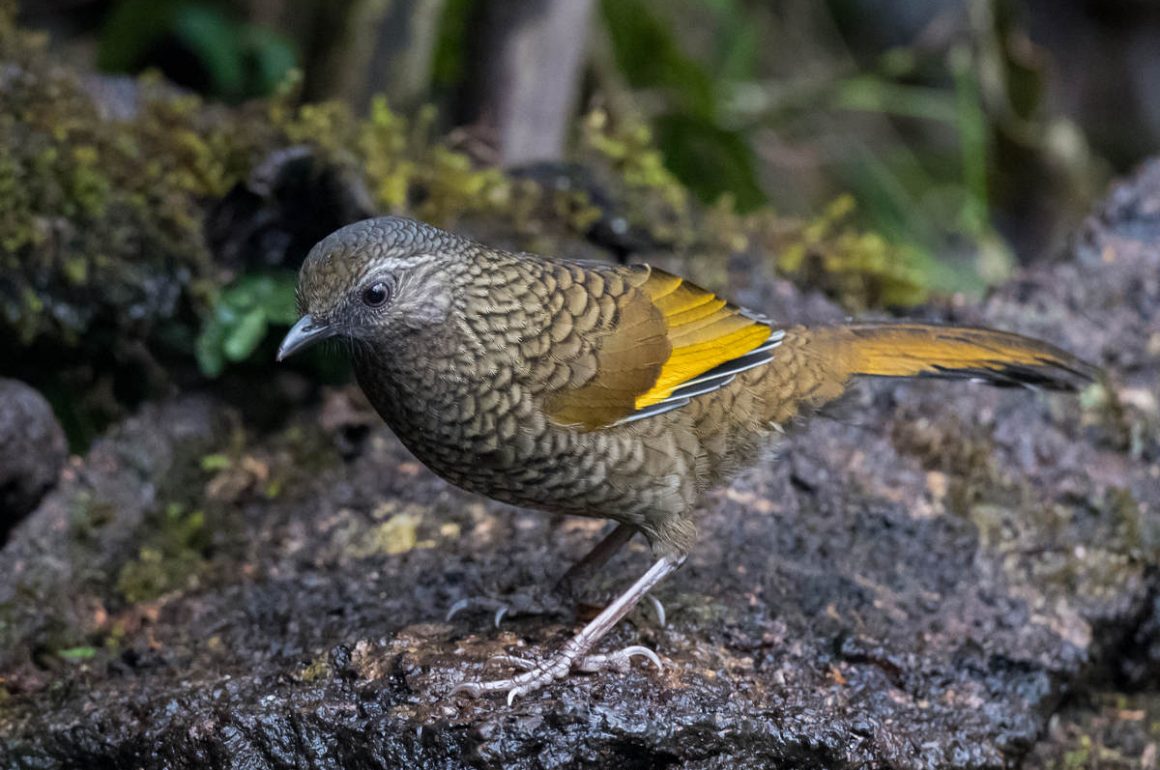
While I am still not so sure about China’s sense of humor – though admittedly, the issue is mostly a mismatch between what I think is funny and what the average Chinese thinks is funny, an issue that I have had in other countries as well – the country sure has its fair share of Laughingthrushes. 36, if my counting is right and there has been no very recent split or lump. Not bad given that the 5 families in the inner circle of the laughingthrush family have a combined number of about 68 species. This post shows some of them.
Presumably, in the early days of ornithology, some scientists spent most of their time transcribing bird calls. That must have been rather frustrating, given that the result for the Assam Laughingthrush (Baihualing, Yunnan) on HBW sounds like this:
“Songs of nominate race include “fyuúúwhééyá” (first part prolonged and downslurred, second part hurried and slurred up and then down), a more hurried, even “fuhéeyawhééyurt” (“fu” level and low, then 2 strongly upslurred and then downslurred note pairs), and relaxed “fiyu-uwá-whééyít”; of race erythrolaemum include emphatically ended “(tu)whééeeerwhít!”, slightly more even “quwhéééyerwhúrt!”, an overall rising, worried “fu’uwhééyer whééét!” and similar, and even more anxious “fyuwééyerwhééét!”. Female-type calls given in duets include peevish“fyúúúr-fréét!-fréét!”, and airy, gently falling “quwhééééééer(fwit!)”, varied (or perhaps answered) by even, abrupt, squealing “fwuuuur”. Calls (of race erythrolaemum) include low, musical purring “squar-squar-squar”.”
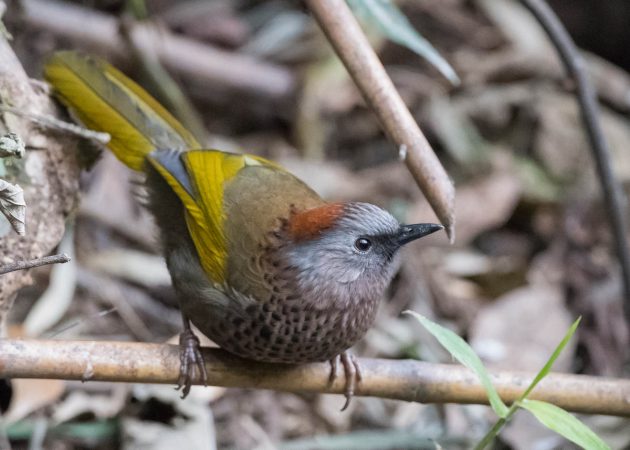
Fortunately, most of these researchers could be taken off their antidepressants after proper sound recording was invented.
Additional note: I particularly enjoy the generous use of the word “downslurred”, a word that serves at the same time to mean falling in pitch and to highlight your intimate knowledge of specific ornithological vocabulary. For non-ornithologists, downslurred sounds more like a word suitable to describe the noise coming from a drunk person.
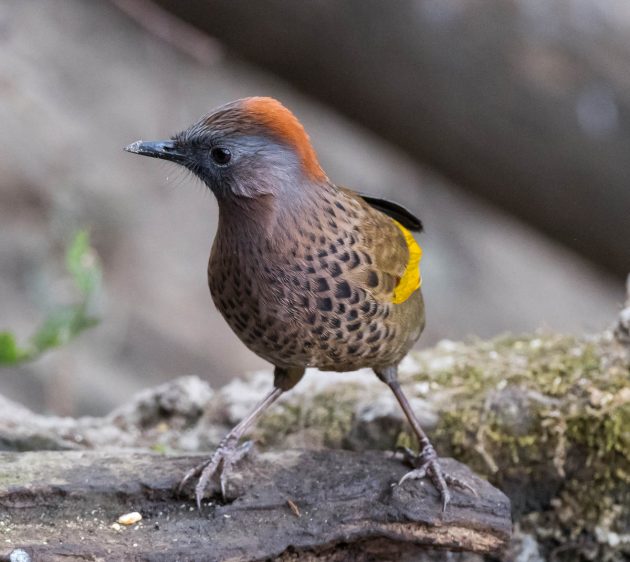
The Black-faced Laughingthrush (Longcanggou, Sichuan) is a real beauty, though this photo does not fully do the bird justice. If foreigners will ever be allowed to travel to Baihualing again – they have not for about two years now – I will certainly try to get a better one.
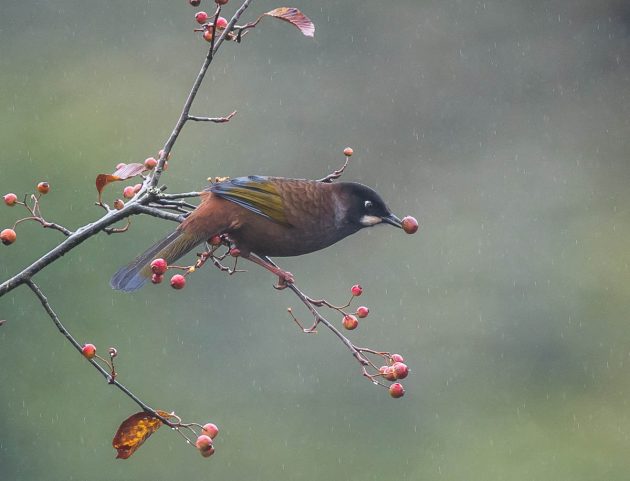
The Black-throated Laughingthrush comes in two varieties, a white-cheeked on the mainland of China (Nonggang, Guangxi) …
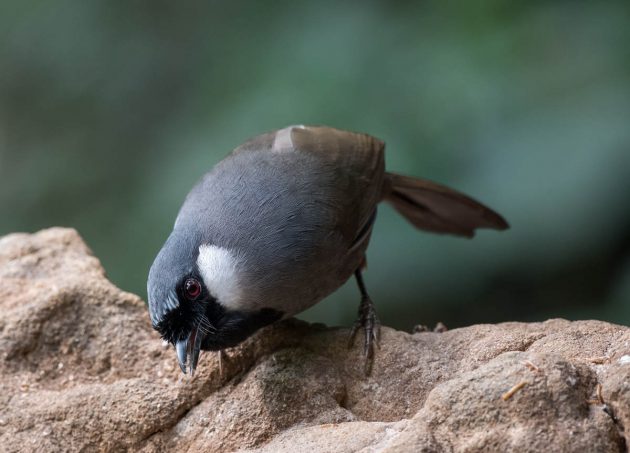
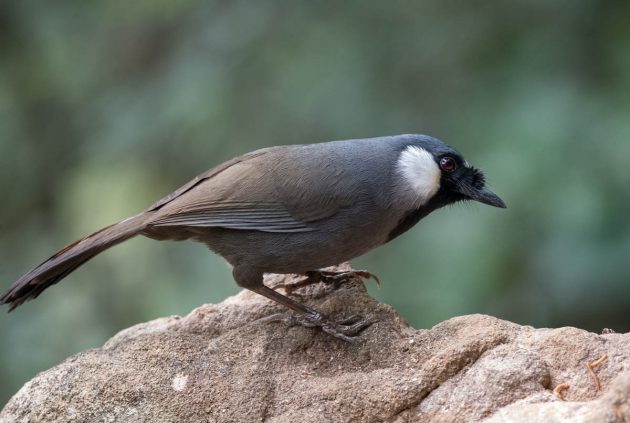
… and a black-cheeked on Hainan (Jianfengling, Hainan). The Hainan version is sometimes considered a separate species, in which case it is classified as Near Threatened.
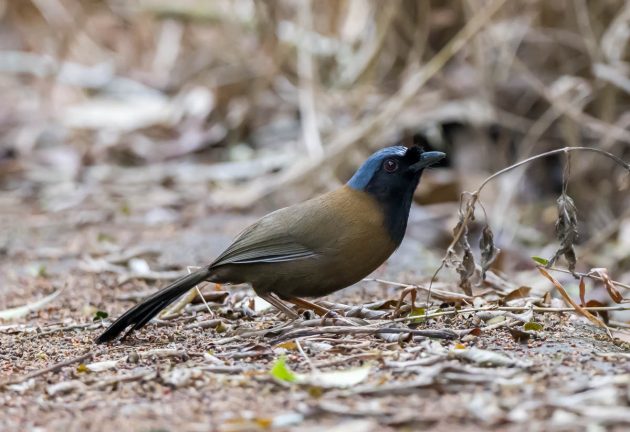
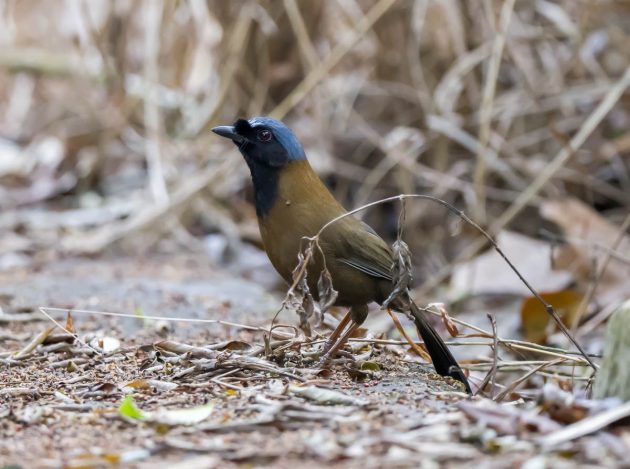
The Blue-crowned Laughingthrush (Wuyuan) is listed as Critically Endangered, as there are only about 250-280 birds spending the breeding season in Northeastern Jiangxi (and according to the HBW, it is not clear where they spend the non-breeding period). Weirdly, the photos below were taken from a balcony in a little village – the birds are very visible from there, and one can drink bad coffee or slightly better tea while watching them.
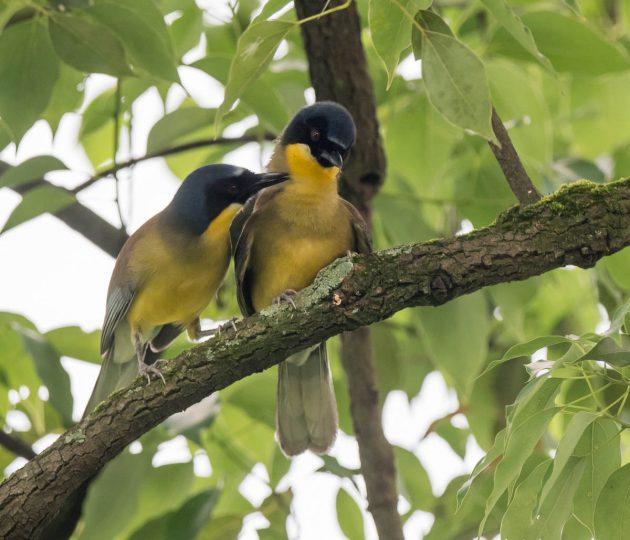
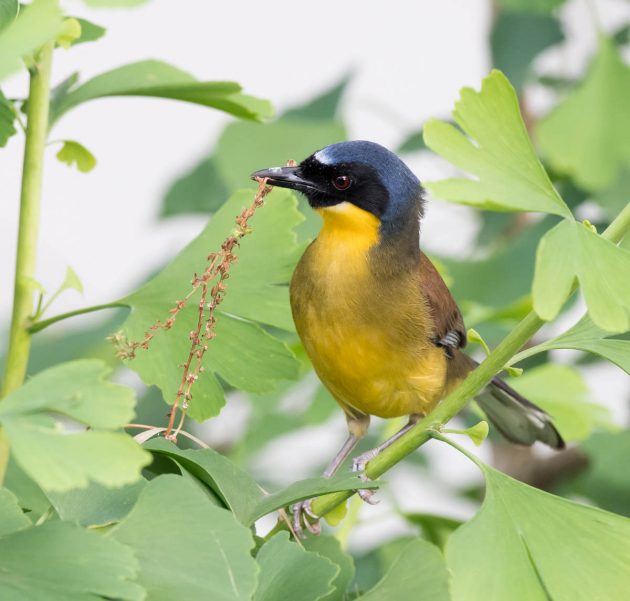
At least they seem to understand that raising chicks is hard and annoying work and have found at least a partial solution for this problem: “co-operative breeder, up to four individuals attending chicks at one nest, at least three seen to feed chicks” (HBW)
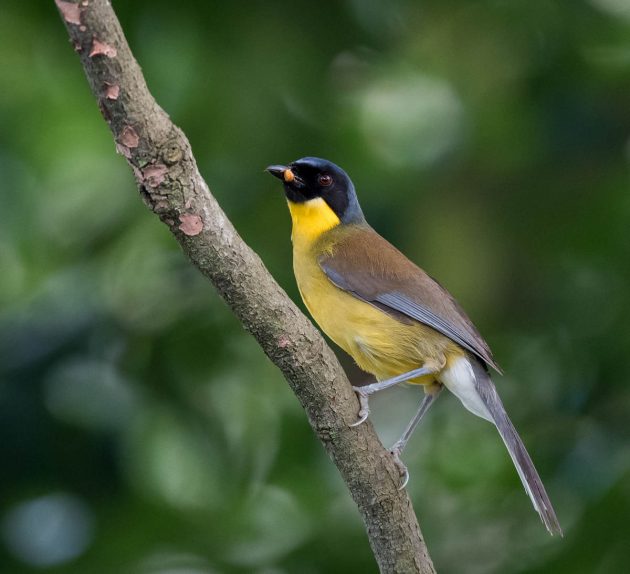
While many laughingthrushes look attractive, the Blue-winged Laughingthrush (Baihualing, Yunnan) looks striking even among them. Not very interestingly, the species name “squamatum” refers to the scaly appearance of the bird rather than the blue wings. A bit confusing as the Latin name of the Scaly Laughingthrush (see below) is “subunicolor” and thus does not refer to its scales but rather to its uniform color.
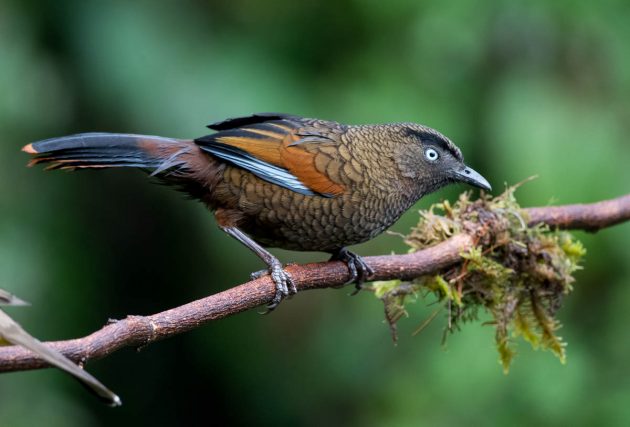
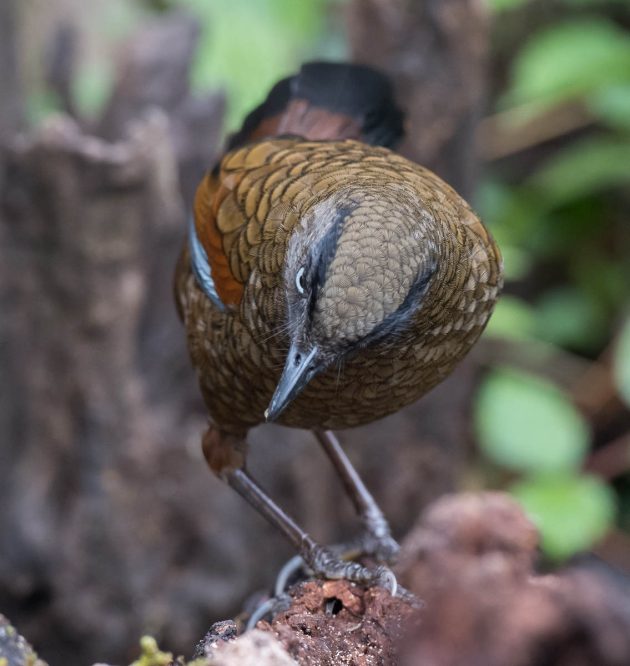
For the Buffy Laughingthrush (Tianmushan, Zhejiang), I would have thought that the distinct blue and black eye patterns would make for a good name. And of course, I would have been wrong.
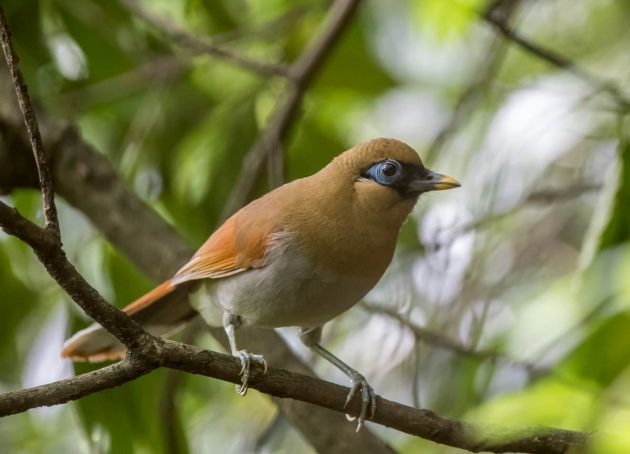
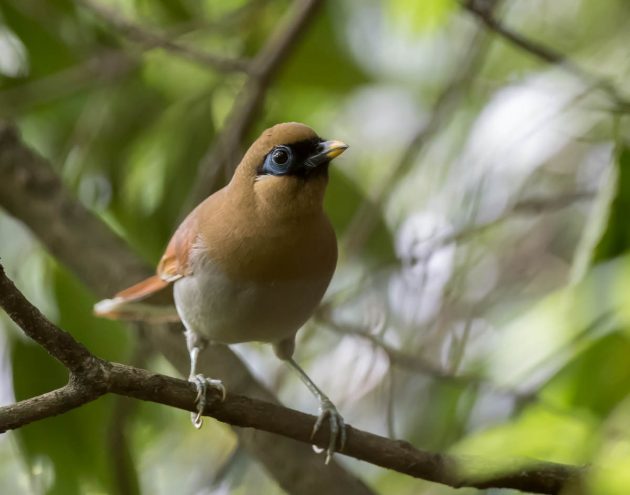
As the name indicates, the Malayan Laughingthrush (Fraser’s Hill, Malaysia) does not live in China but (hint given in the Latin species name peninsulae) on peninsular Malaysia.
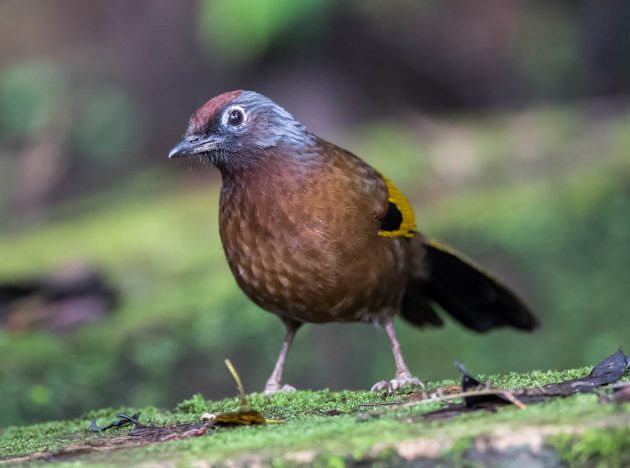
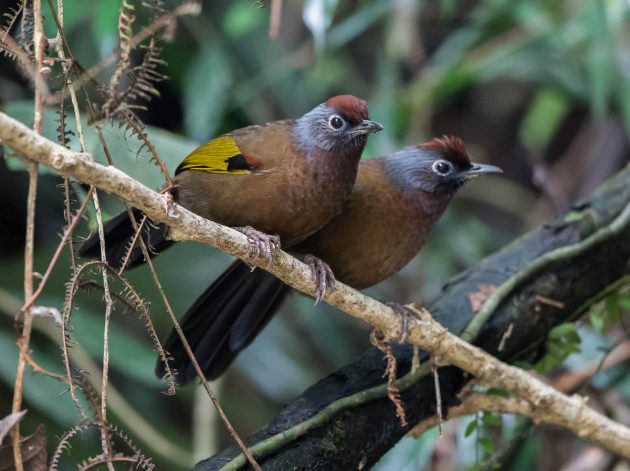
Despite not being particularly colorful, the Chinese Babax (Jinfoshan, Chongqing, and Shennongjia) is among my favorite laughingthrushes. It’s the eyes, I guess.
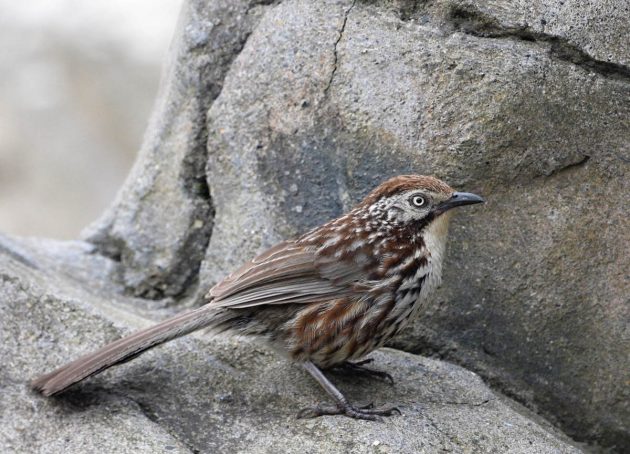
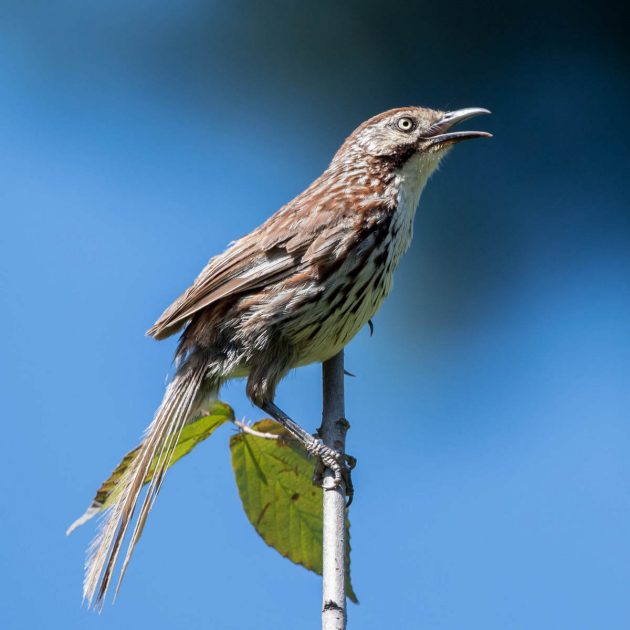
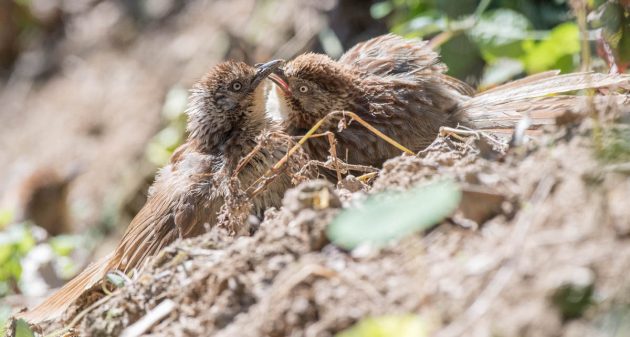
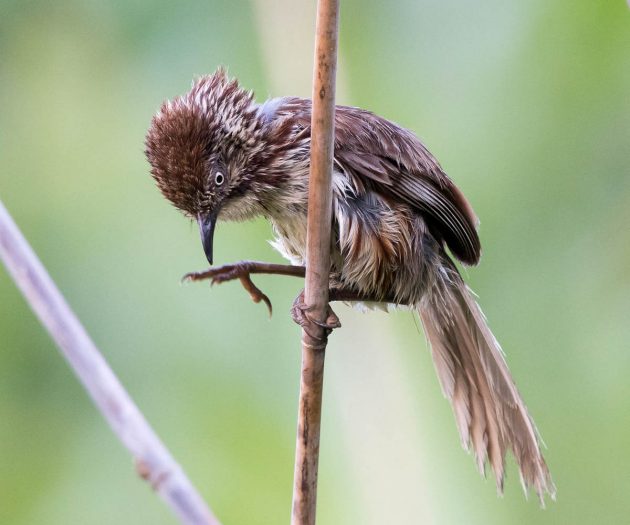
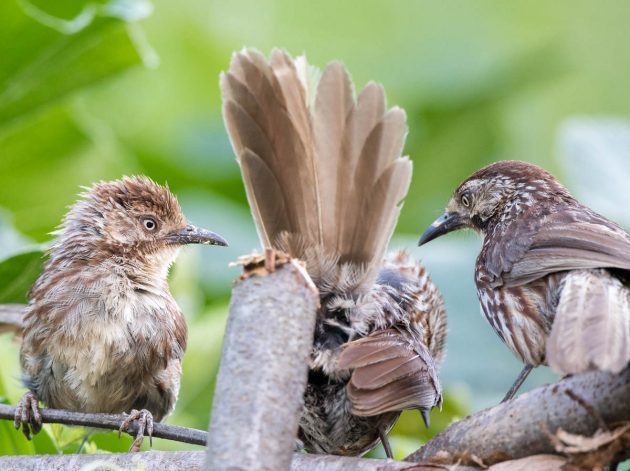
The author of the eBird entry for Elliot’s Laughingthrush (various locations, Qinghai and Sichuan) seems almost a bit contemptuous of the bird, remarking that on its habit of “scrounging for human-made trash”. I thought that is more of a gull thing to do?
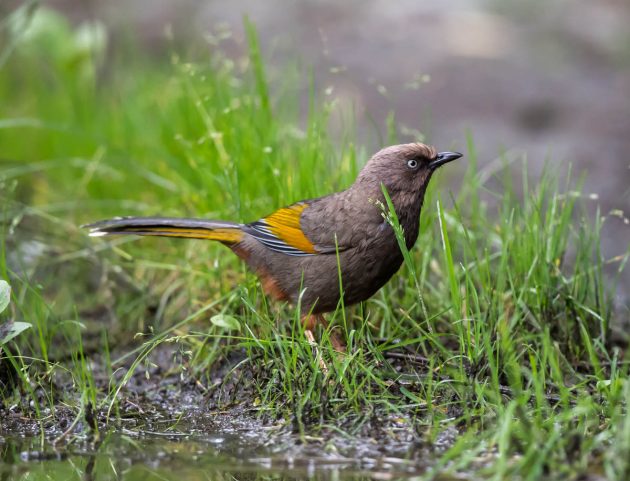
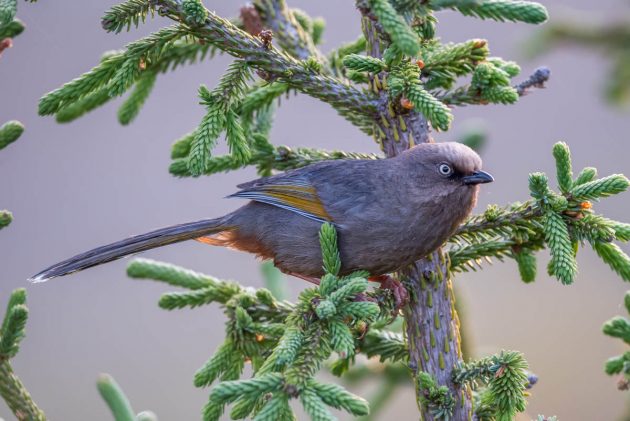
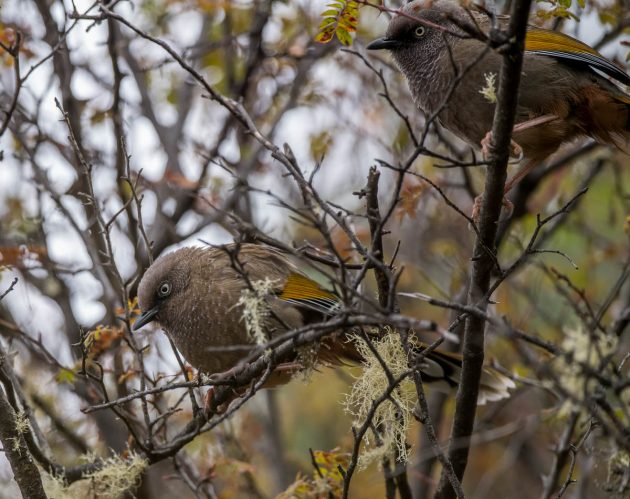
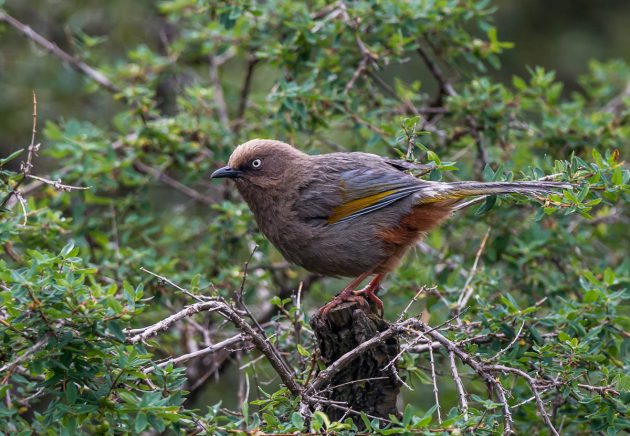
The Giant Laughingthrush (various locations, Sichuan) is not really that much larger than the Spotted Laughingthrush. So, the name is a bit of an exaggeration – Largish Laughingthrush would have sufficed. A beautiful bird though.
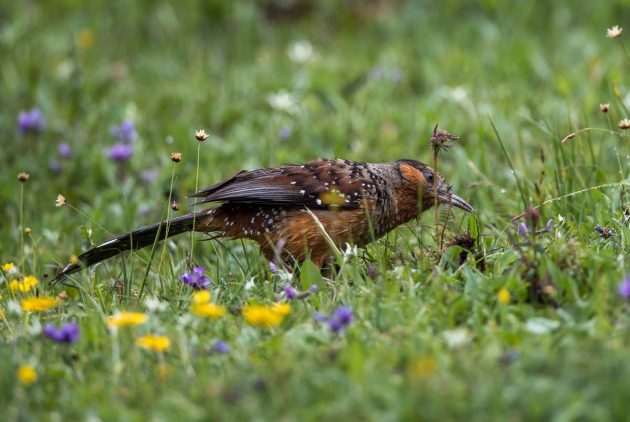

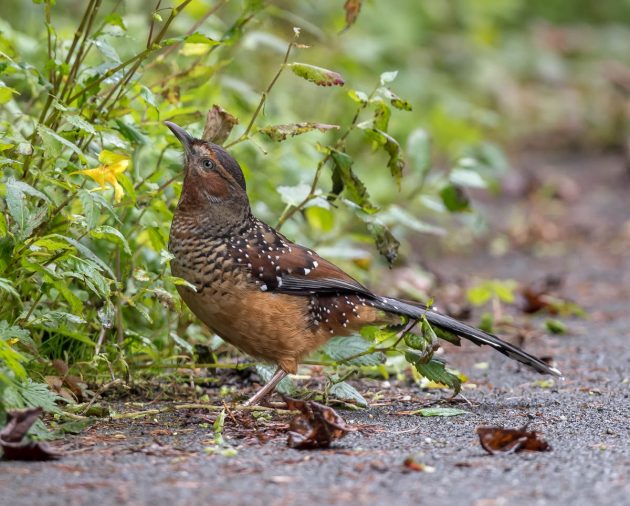
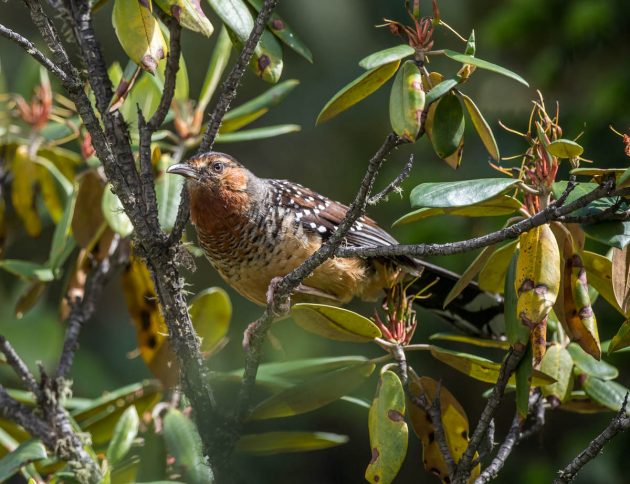
The naming of the Greater Necklaced Laughingthrush (Hongbenghe, Yunnan) …
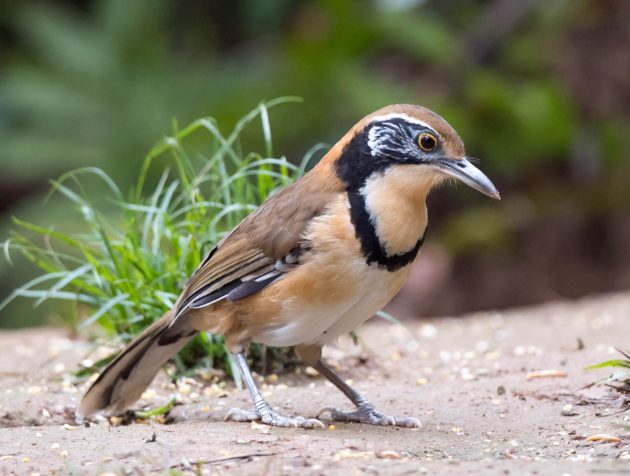
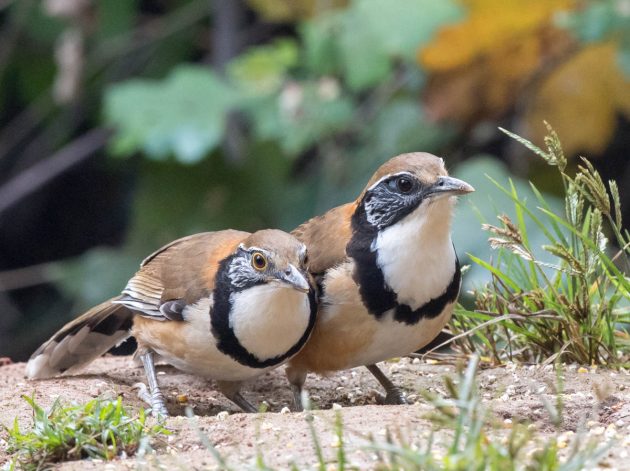
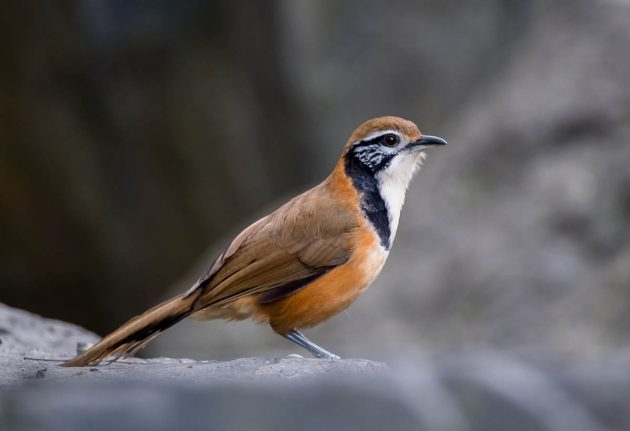
… and the Lesser Necklaced Laughingthrush (Hongbenghe, Yunnan) indicates a serious lack of imagination among ornithologists.
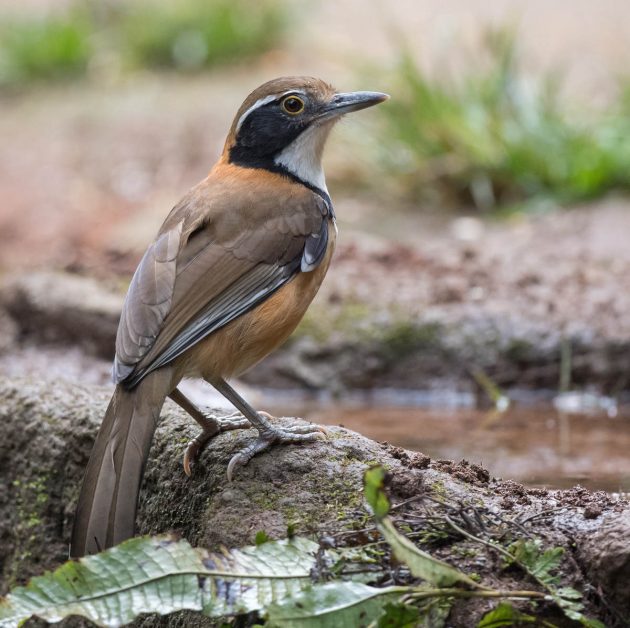
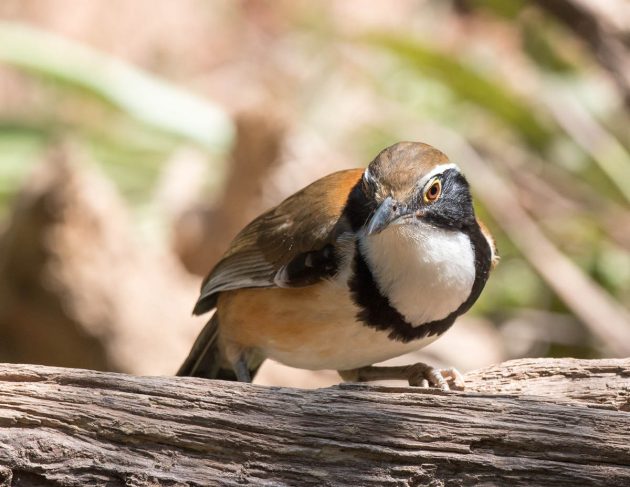
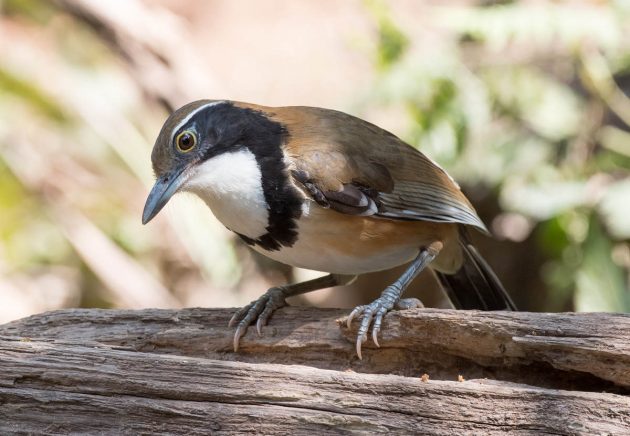
I can sometimes hear Hwamei singing here in my compound in Shanghai – alas, these are then cage birds, as the species is popular as a caged bird for its singing. Fortunately, most of the birds are free though (photos from Shanghai and Tianmushan)
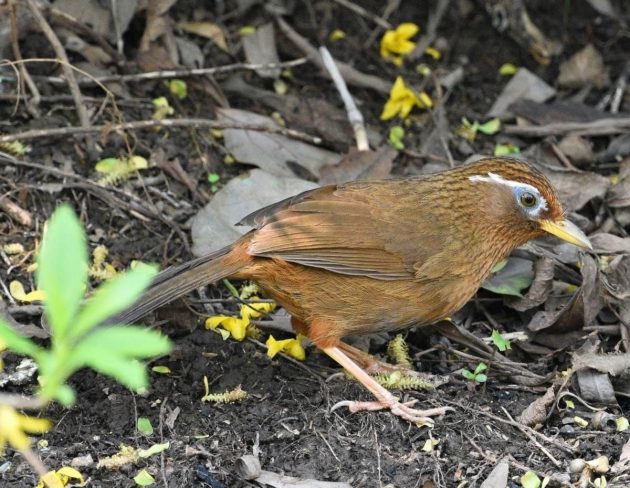
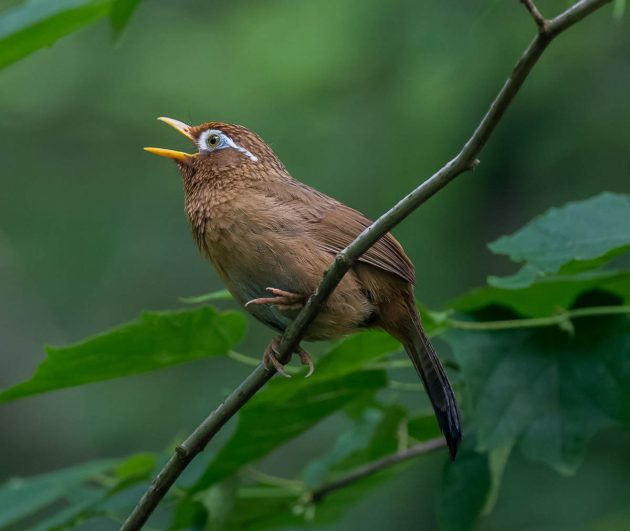
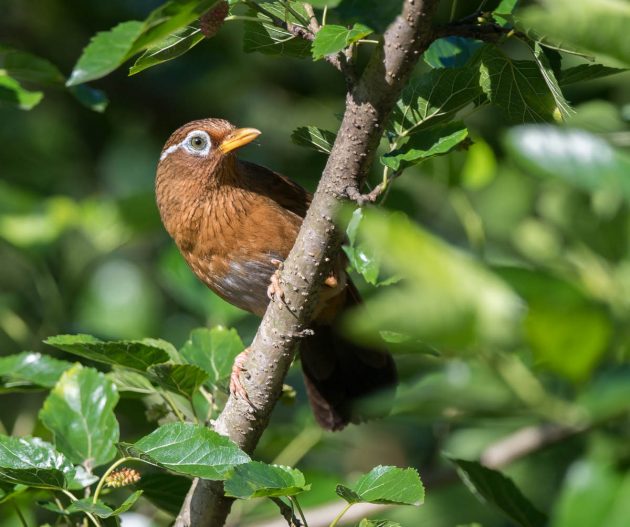
Apparently, the Masked Laughingthrush (Wuyuan and Hangzhou) is often seen in small noisy flocks of seven, explaining its Chinese name qi zi mei, ‘seven sisters’. On the other hand, it is far from impossible that some Wikipedia authors have a sense of humor similarly deranged as mine and therefore just make up such Chinese names.
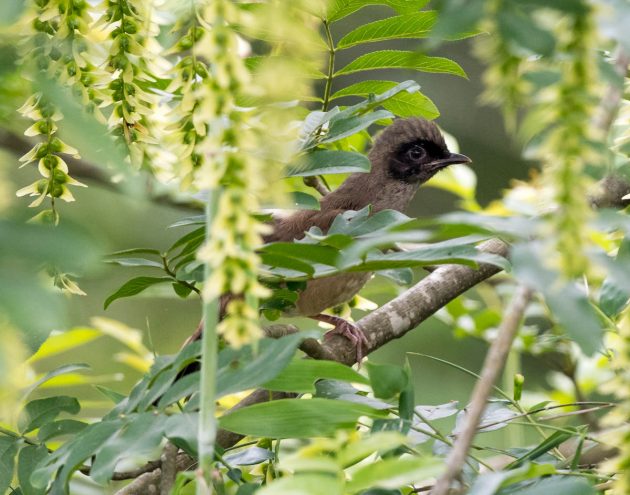
Not sure where the other six are though.
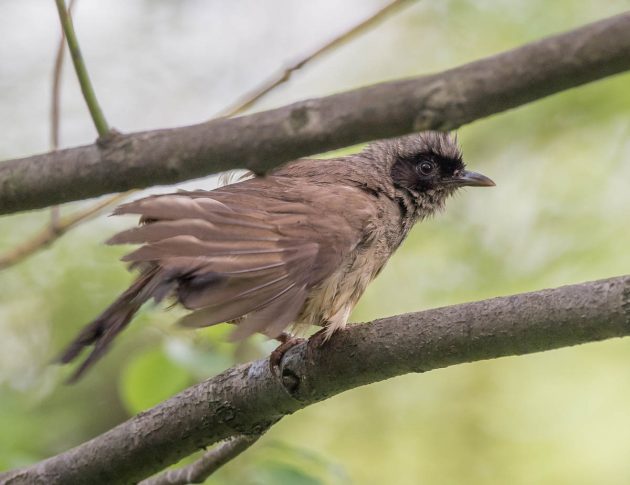
The Latin species name of the Moustached Laughingthrush (Baihualing and Tengchong) is cineracea, or “ash-grey”. That is a bit like deliberately not staring at the tits of a beautiful lady.
(Note: Above, I wrote “breasts” first as it is the nicer word but I think the joke works better with the more vulgar term. My apologies. Better lose some lady friends than a mediocre joke).
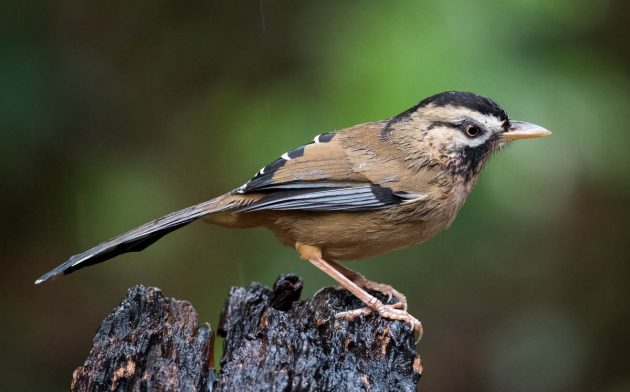
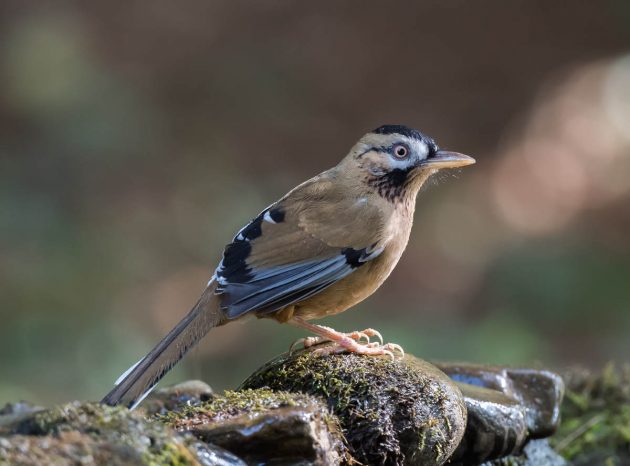
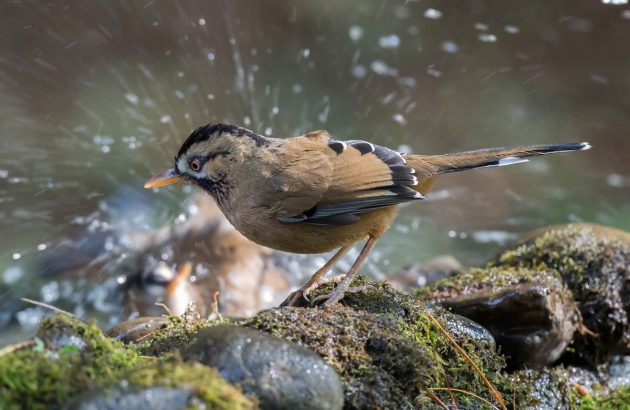
By penalty of death, no birder should ever be allowed to tell Plain Laughingthrushes (Qinghai and Sichuan) their English species name. The shame would kill them.
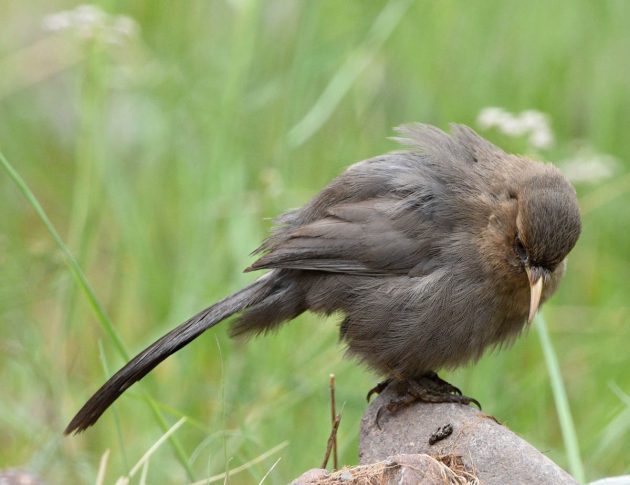
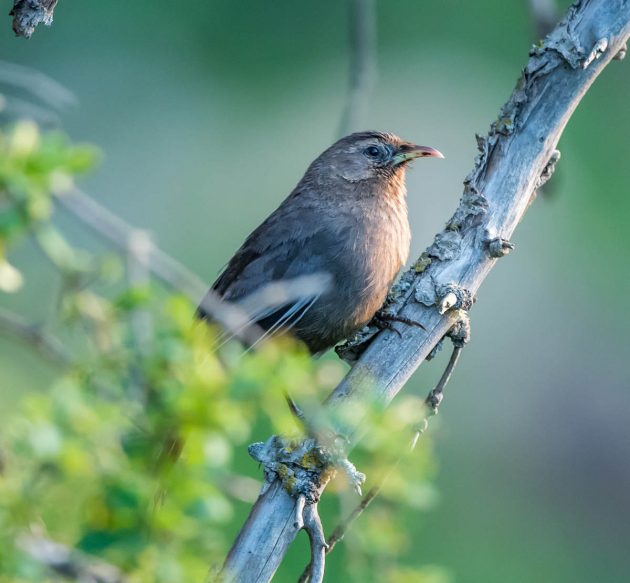
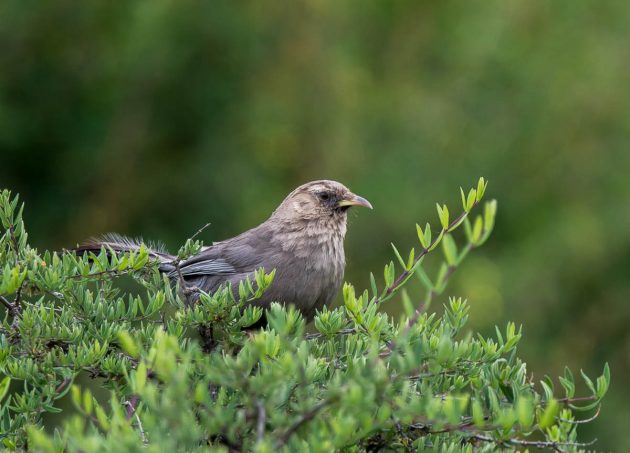
From the different descriptions of the Red-tailed Laughingthrush (Baihualing, Yunnan) on eBird and in the HBW, I have to conclude that they talk about two different species:
A “medium-sized dull ochrous-grey laughingthrush” (HBW)
An “exquisitely- and distinctively-colored laughingthrush” (eBird)
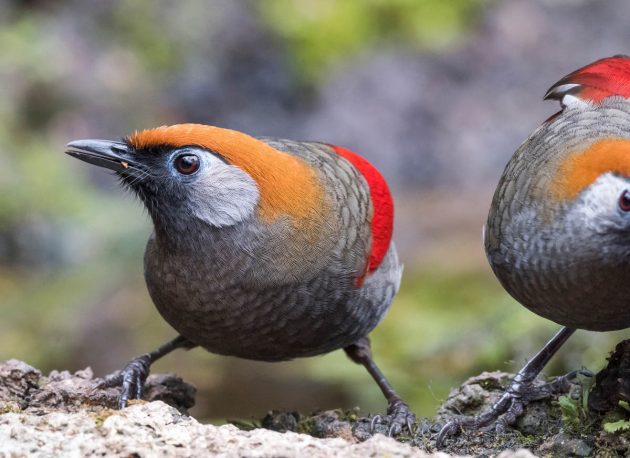
My money is on eBird in this case. To be fair, the HBW later also mentions some of the rufous and crimson bits of the species, but still, it seems strange to start the description with the words “dull” and “grey”. I guess if the HBW ever has to describe a circus clown, they will start with the pale pinkish skin and only mention the red nose and yellow hair somewhere further down.

In a deferential nod to Paul Lewis and his post on the importance of bad bird photos, here are some embarrassing shots I got of the Red-winged Laughingthrush (Longcanggou, Sichuan). Paul, I think we are soulmates.
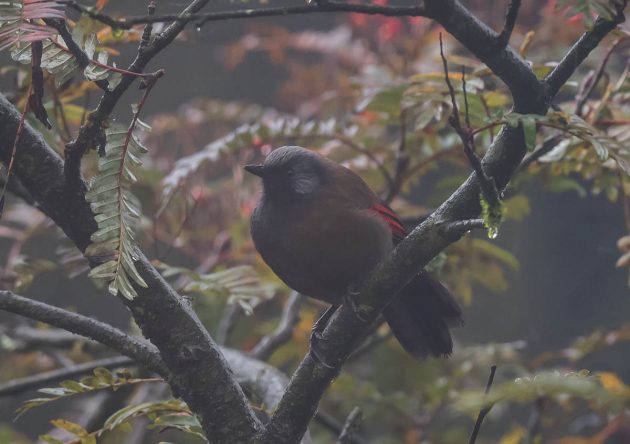
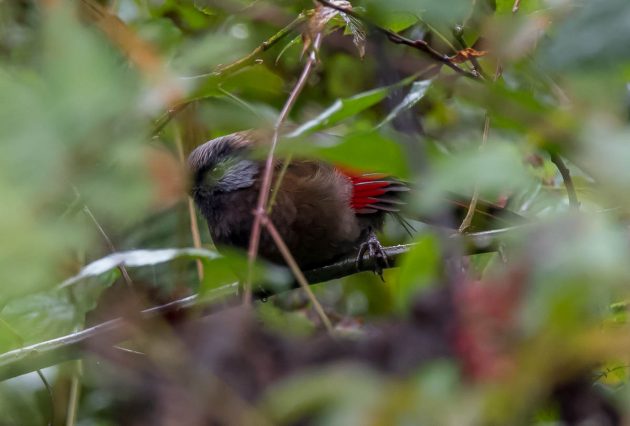
The Scaly Laughingthrush (Baihualing, Yunnan) once finished as runner-up at a birds-that-look-like-reptiles contest that was won by a Scaly Thrush (not shown). Personally, I find those contests a bit degrading – they are like Miss-Wet-T-Shirt contests, just for insecure birds instead of insecure girls.
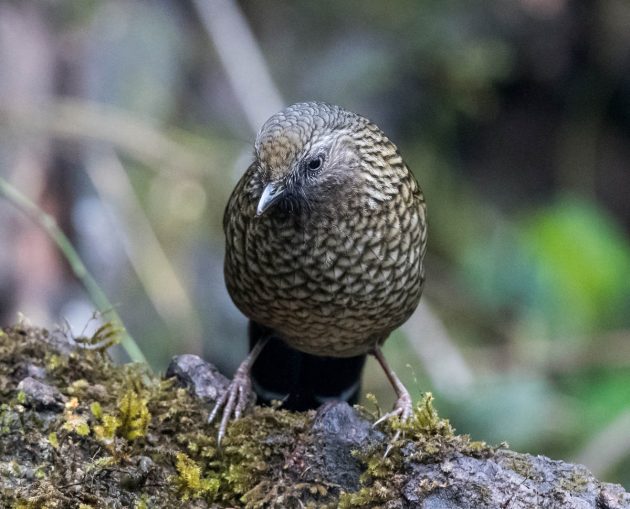
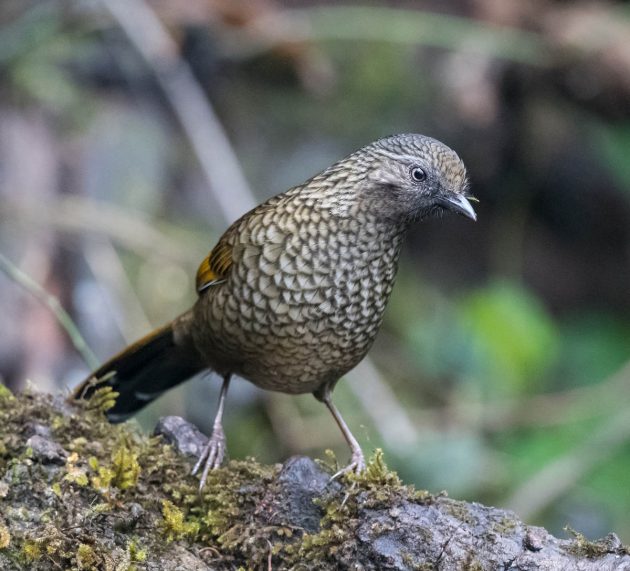
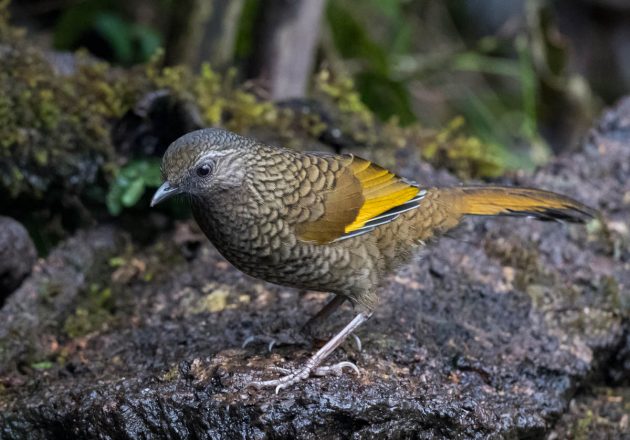
The Snowy-cheeked Laughingthrush (Baxi Forest, Sichuan) is classified as Vulnerable, with an estimated population size of 2500-9999 individuals. The page on this species in the HBW has maybe the worst cover photo I have ever seen there so far, perhaps an indication of the rarity of the species. On the other hand, given that the species is described as “dull olive-grey above, dull pinkish-brown … below”, maybe no photographer bothered much with it. Given current trends in the Western world, I wonder whether it will remain known under its Latin species name sukatschewi (after a Russian explorer) in the future.
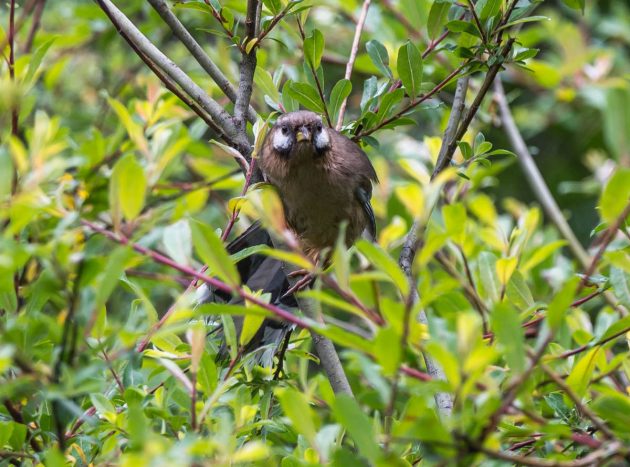
The Chestnut-capped Laughingthrush does not live in China – I saw it at Fraser’s Hill, Malaysia. It is classified as Near Threatened, which is a shame considering that it is the closest I have ever had a bird look like Groucho Marx. You can almost hear the bird say “Those are my principles, and if you don’t like them … well, I have others.”
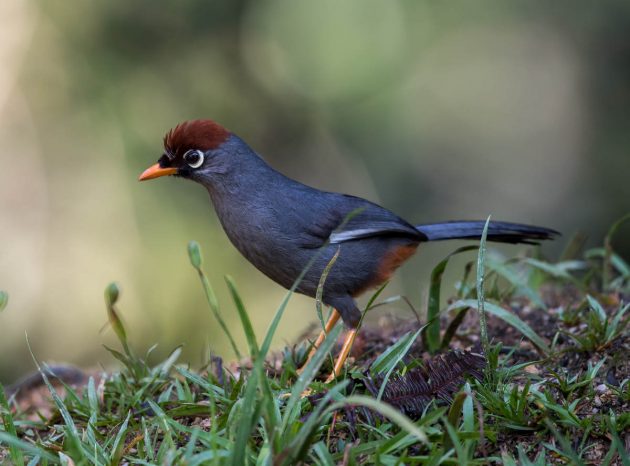
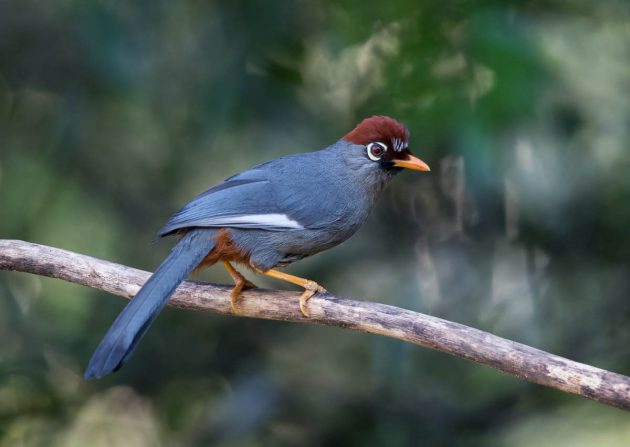
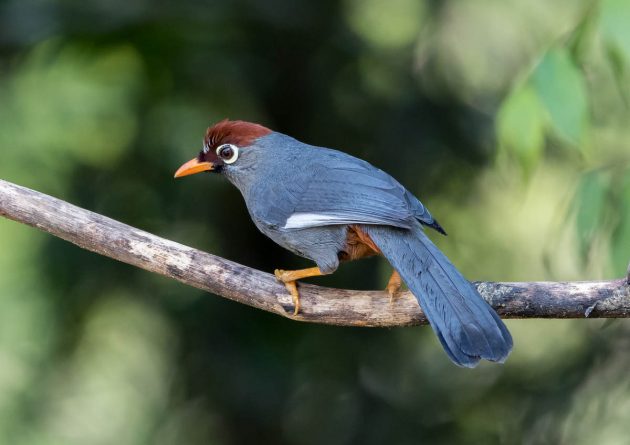
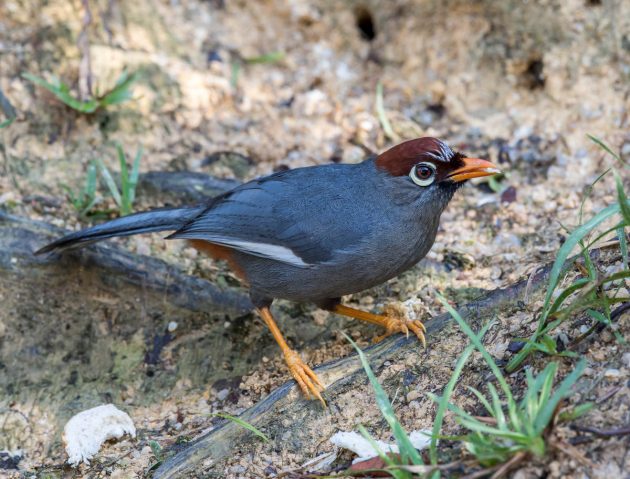
As well as in Southeast Asia, there are also Spotted Laughingthrushes (photos taken at Longcanggou and Wolongshan, Sichuan) at the San Diego Zoo. “San Diego Zoo” is also a nice song by the 6ths (mostly Stephin Merritt, in this song with Barbara Manning singing).
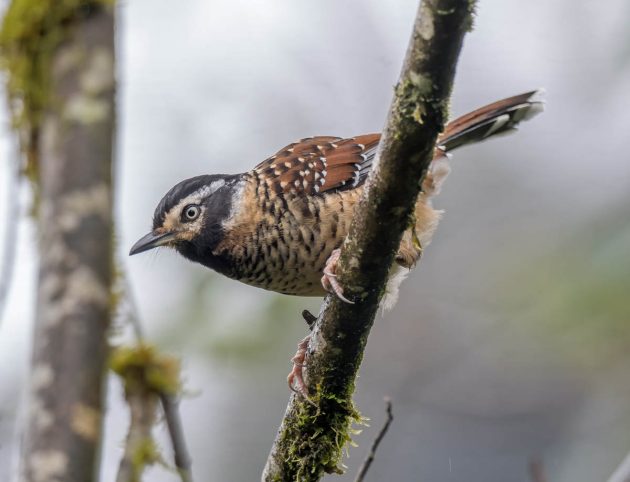
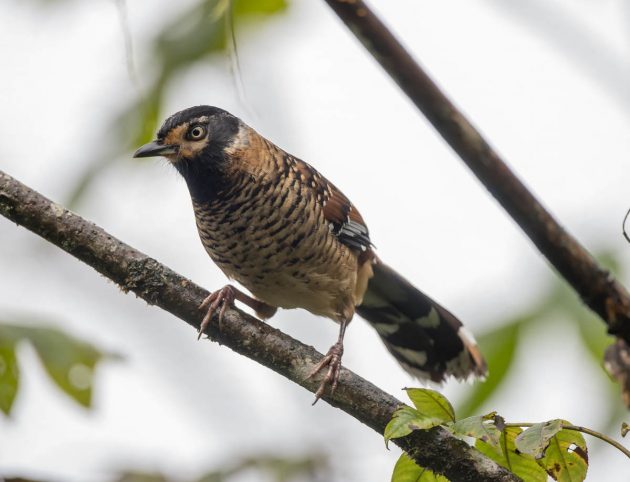
I fully agree with the eBird description of this species as “handsome”.
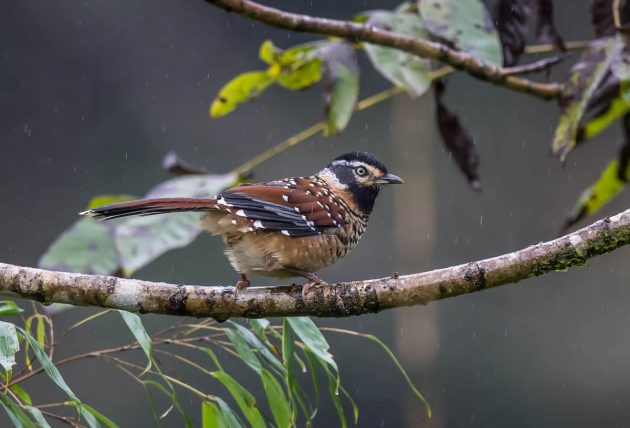
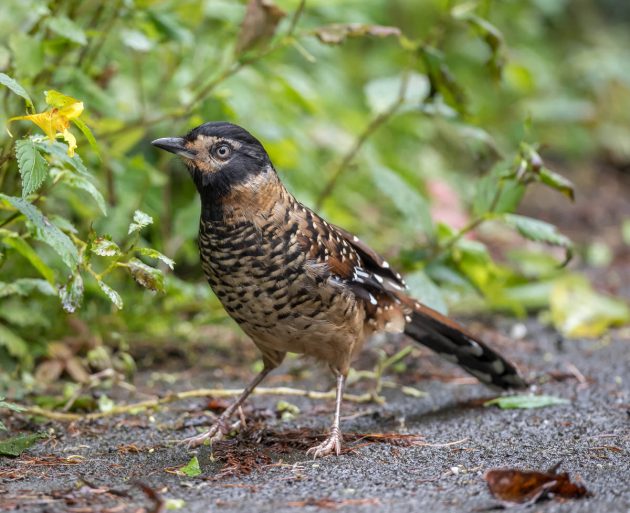
The White-browed Laughingthrush (Shanghai, Shennongjia and Jixi, Anhui) is a common sight in many parts of China – I have seen it in the enclosures of the panda zoo in Chengdu – which the HBW rather disparagingly describes as a “rather small, dull brown laughingthrush”. The working man’s laughingthrush, I guess. There probably is a Billy Bragg song about them.
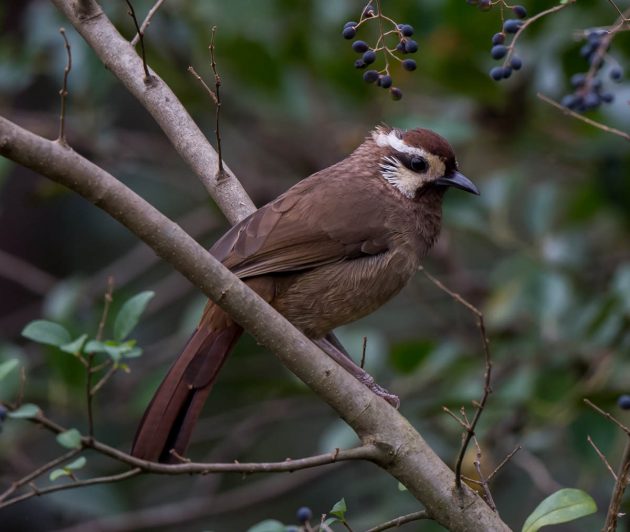
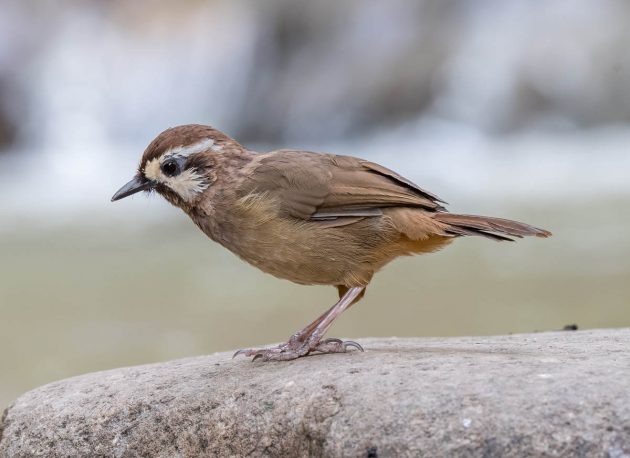
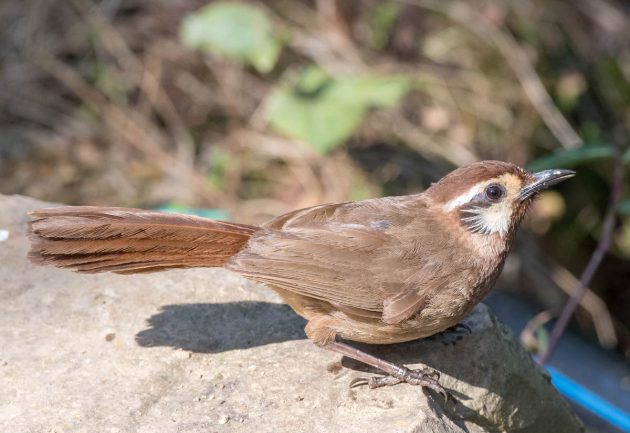
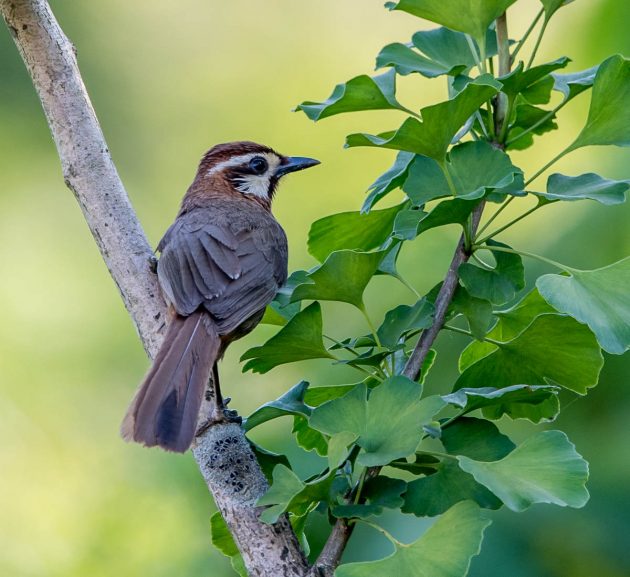
I remember that when going to high school, at some point it became fashionable to wear white tennis socks – a fashion mainly introduced by the rich sons of the local doctors (yes, I was not one of them, and yes, I hated them). In retrospect, I bet they kept White-crested Laughingthrushes as pets (Hongbenghe, Yunnan).
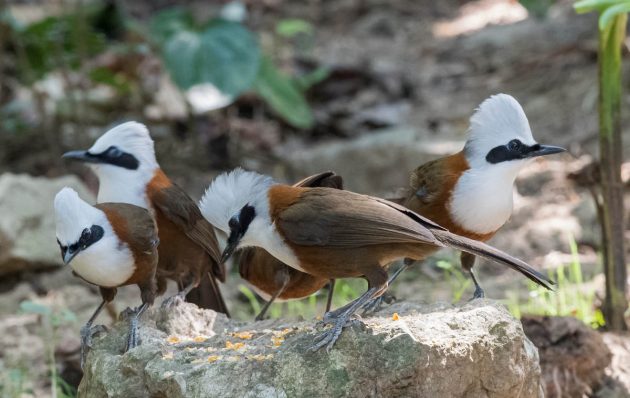
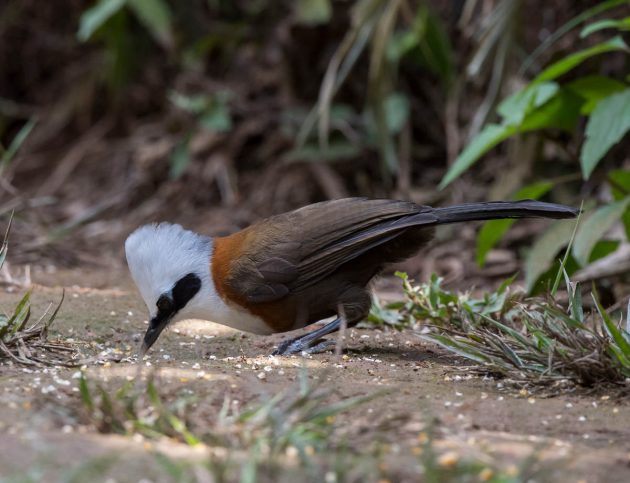
I once saw this White-throated Laughingthrush at Nanhui, Shanghai. A quick look at the distribution map of this species indicates that the bird had no business being there – another proof that at least some of these birds are terrible at reading maps. In these politically correct times, I am not suggesting the bird I saw was a female.
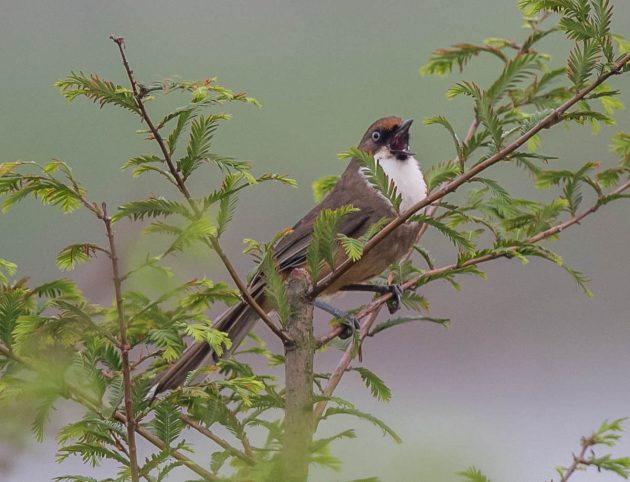
Finally, one thing to always remember about laughingthrushes: They are laughing at you, not with you. But then, so does everybody else.













Laughable
Kai, I like very much your suggestion that we are soulmates. But the basis of our soulmateness (soulmateicity?) is certainly not a common use of bad photos; you are about as far out of my bad photo league as a photographer could be. With the exception of that one species, which is no doubt wishing right now that it had been a little more cooperative that day, these photos are simply spectacular. As usual.